Your daily dose of Product Management Goodness
Want to know more?
We would love to hear your questions and suggestions for topics you would like to see covered in our future blog posts, so don't be shy and get in touch!


Impact - getting a product wrong
The impact of getting a product wrong
You can get a product wrong in many ways - badly designed, poorly build, doesn’t solve any specific need, too expensive etc....
We often think of the cost of the mistake in relation to the product - x million in development effort has been wasted, but the cost is much bigger than that. Think of it from a brand perspective. If a company delivers a bad product then customers don’t just reject the product, but they become wary of brand. An example from two brands- Alfa Romeo and Porsche; Alfa have a history of highs and lows. Sometimes they delight, sometimes not. Porsche have consistency. Now imagine both companies announce a new sports car for 2020 that you can place a deposit on today. Guess who would have the fuller order book? Brand confidence is a war that products battle to win.
read more
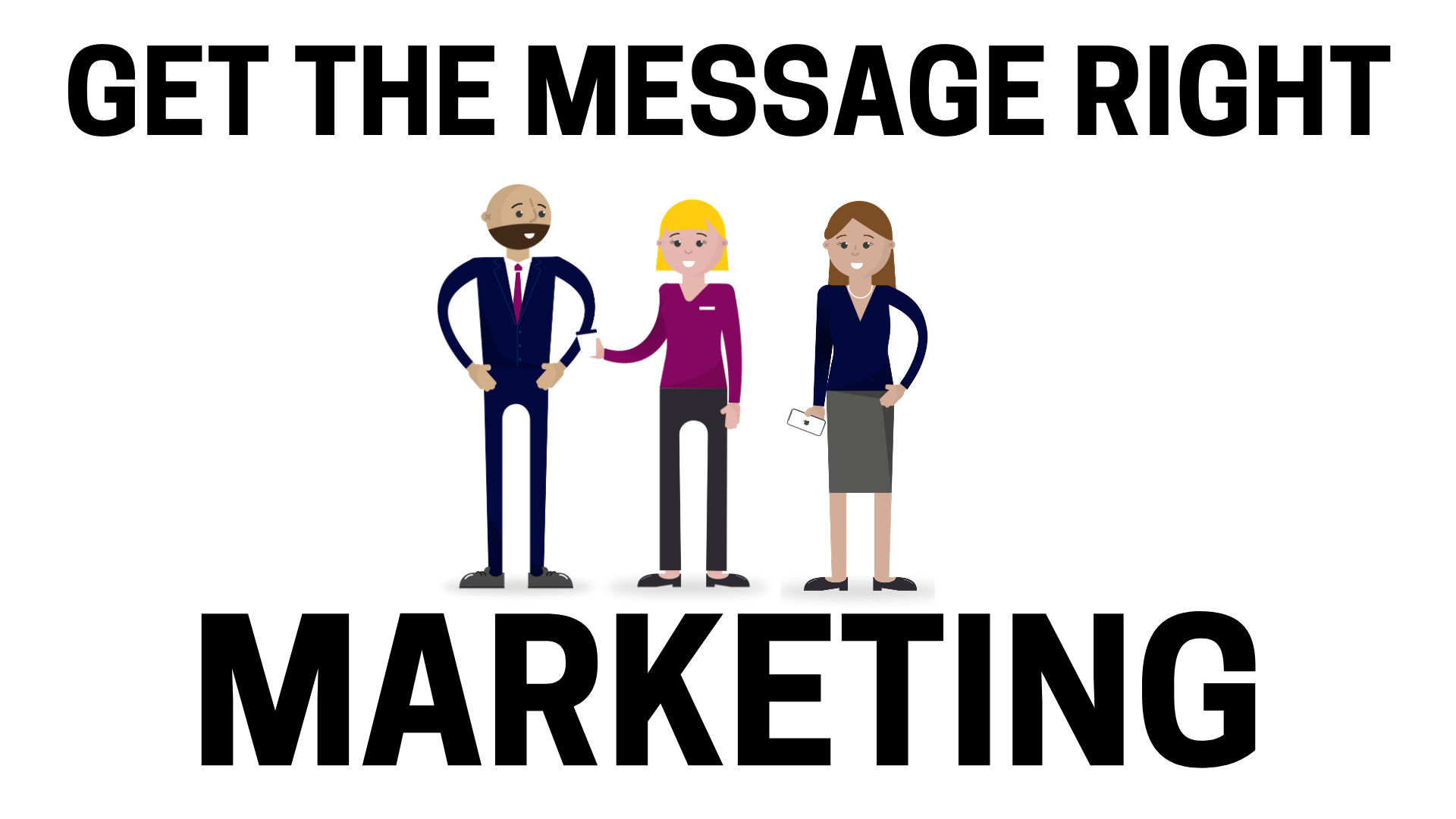
Marketing, get the message right
When should product managers engage with marketing to get the message right?
All too often, product marketing is an afterthought; we see many cases where teams don’t engage with marketing until late in a delivery cycle. And then they’re disappointed when the collateral, the positioning, the imagery and the core message don’t hit the mark.
My advice? Engage early. Really early. Get the marketing team involved at the ideation stage – at the very least they can help identify USPs, more likely they’ll add real value to the discussion and ultimately help drive a better product to market. Remember, Product Management is a team sport.
read more
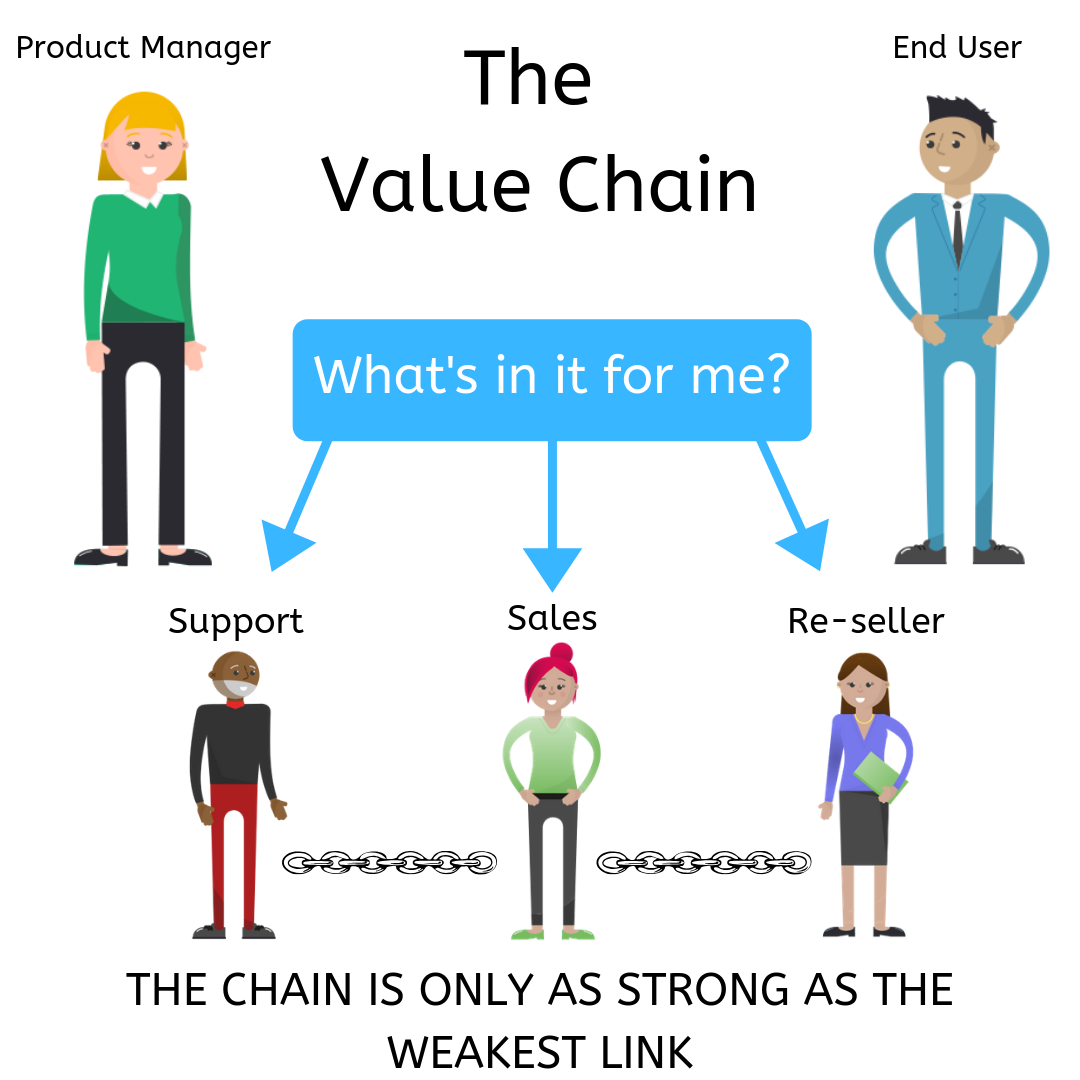
The value chain
Who is your customer?
As product managers, we often think of our customer as the person or business that uses our product – the end user. But it’s often more complex than that. Reaching that end user often means working with other teams – sales, support, third party resellers, etc. The point is this; If those intermediary teams do not see the value in your product, you’ll never get to the end user. It’s best considered as a value chain – you’re at one end, the end user is at the other. The chain is only as strong as its weakest link. If the sales team don’t understand it or the third party reseller wont stock it then the end user won’t even see your product.
So who is your customer? Every one in the value chain. Try and address their needs and motivations, and the chain will be strong.
read more

The Innovator
Finding the innovator
Driver-less cars. Love them or hate them, it feels like we are moving towards a future where automation will at the very least reduce driver engagement. But how will this market grow and form? It’s easy to get caught in the hype at the consumer end of the driver-less revolution and envisage the everyday commuter ‘driving’ to work eating breakfast, shaving, reading email. But as product managers we know that most markets form around innovators with big problems to solve.
Q: Who has the biggest problem that driver-less technology can solve?
A: Logistics companies spending a huge amount on drivers.
But what does that mean?
The driver-less market will hit the freight sector first and us commuters might have to wait longer than expected before jumping in the passenger seat. The product manager lesson: an innovator nearly always has more pain around the problem you solve.
read more
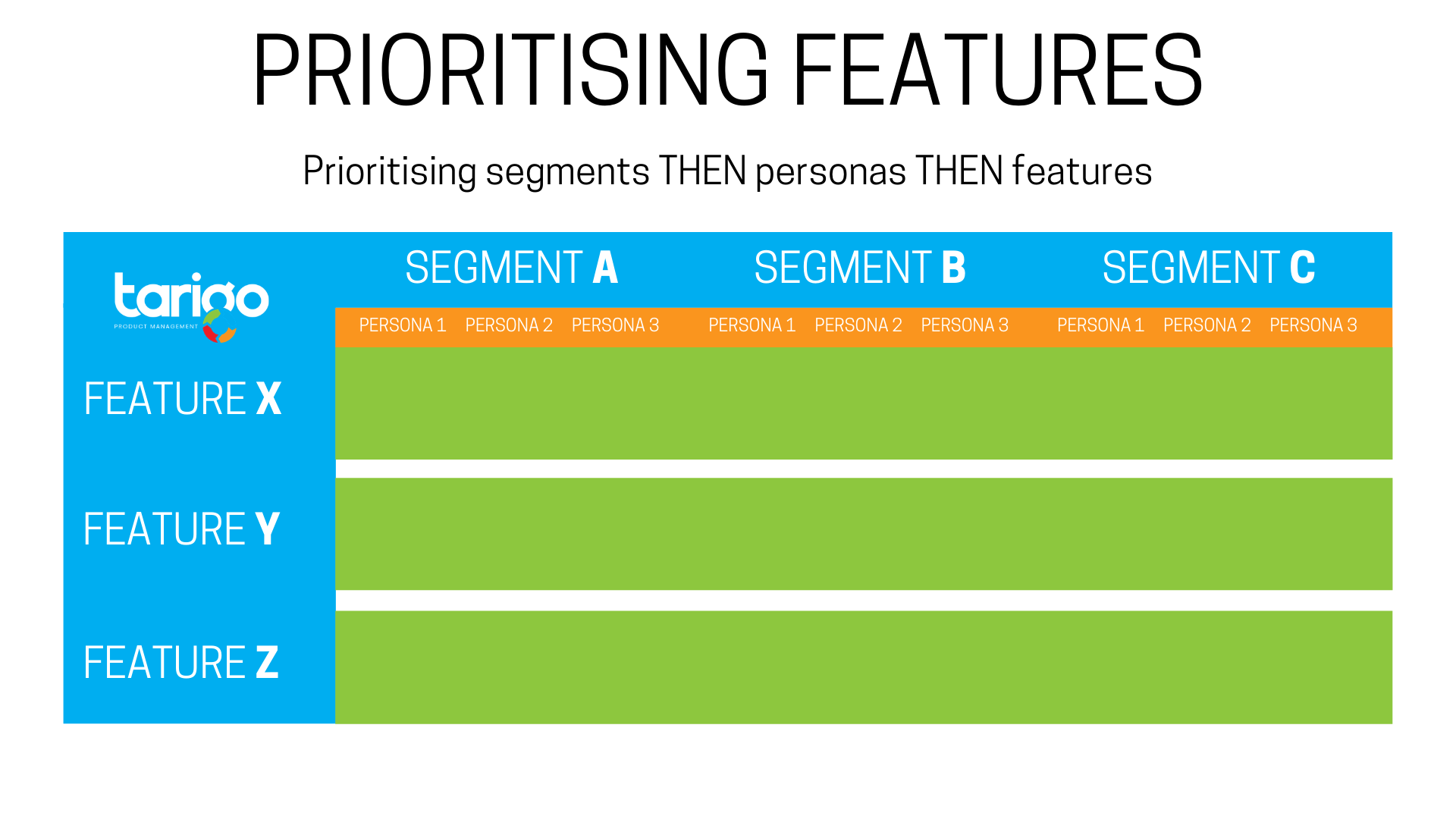
prioritise features
How do you prioritise features?
A common issue for Product Managers – they have a list of features and they need to make the call about which gets built first. The issue being that each feature is important to some customers.
Here’s a simple tool to help. Don’t start with the feature, start at the market end – prioritise your segments from most to least important (this could be based on value, growth , access, profits, etc). Then prioritise the people in those markets (for example, who controls the budget, or acts as the technical gatekeeper). Only when you’ve done this do you think about the features - what does you most important persona in your most important market value from the feature list?
read more

nucleus of your product!
A Product plan is the nucleus of your product! It takes a lot of work to complete but it helps to align cross-functional teams and provides all the information available about your product, from hard market research to detailed financial models.
It’s time to present your product plan in order to bring teams in-line with your product. And all that hard work could be for nothing if you get this wrong and fail to communicate your message clearly. You have to be sure that the review team are going to understand, the product, the vision and all the key ancillaries that surround your product.
This requires a presentation that has clarity and conviction, a critical skill that all Product Managers should master. Communicating with clarity, during presentations or any cross-team activity is key to building the right foundations and setting your product on the right course!
read more
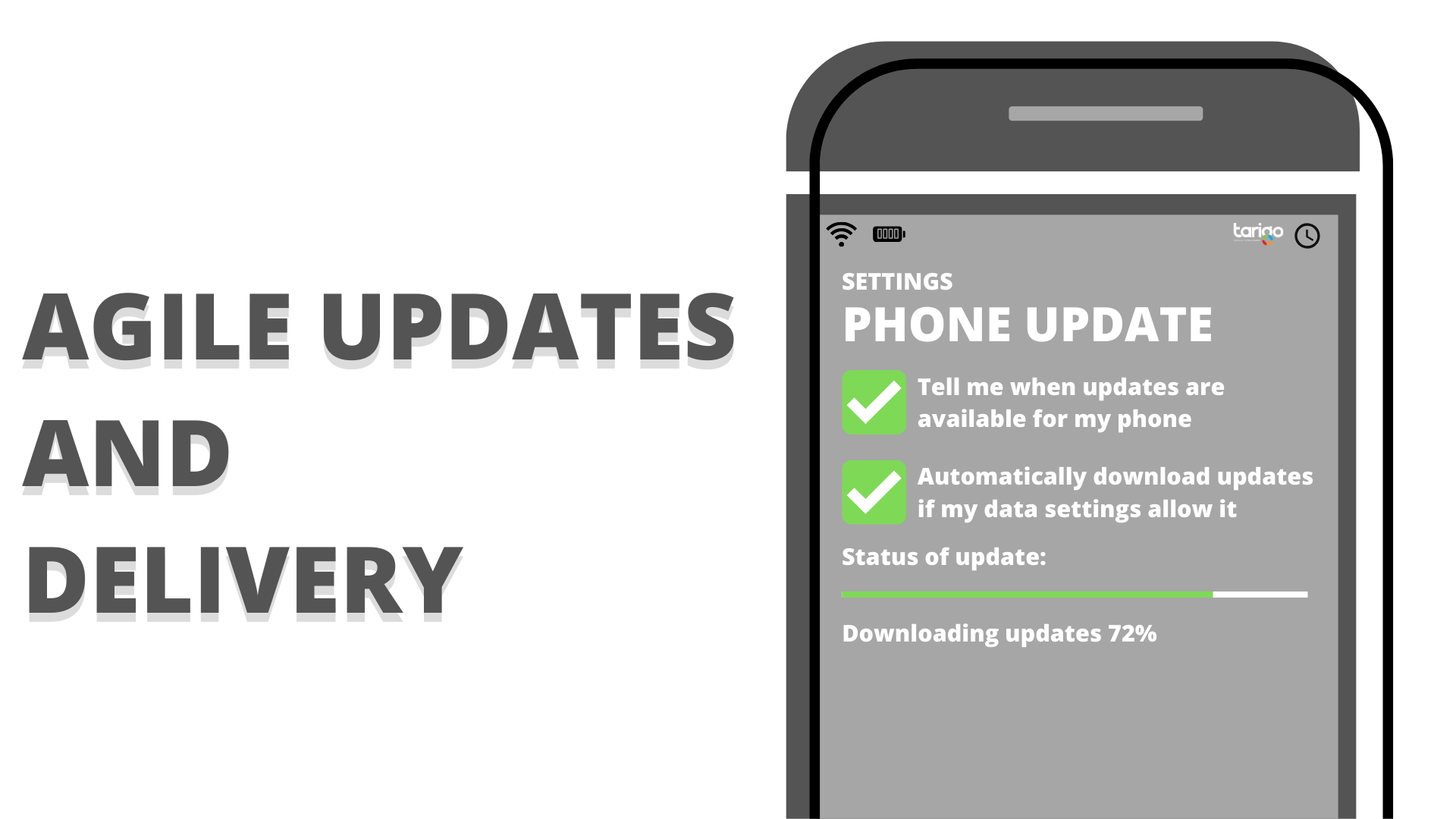
Agile updates & delivery
Agile Updates and Delivery
Agile delivery of product requirements and updates allows teams to maintain momentum and focus. Each sprint cycle within the agile world gives you a package update that is customer ready every 30 days, great!
But just because we work agile within the company setting doesn’t mean our customers want these updates delivered at the same rate.
We have to think about our customer base and the types of customers we deliver our product to, if we have customers working in a highly regulated sector then we have to be very considerate as to the frequency of updates to products and solutions that those customers use. Whereas public consumers are less likely to be upset or irritated if they receive updates more regularly.
Even with that in mind, we don’t have software updates for our smart phones every month, that would become tedious to most! Instead updates are delivered when there is a substantial package ready for consumer use!
Remember just because you can deliver an update every 30 days doesn’t mean that your customer types want to receive those updates at such frequency!
read more

Thinking of product retirement??
Many Product Managers spend very little time at the retirement end of the Product Management discipline. Consequently, it’s an area where many teams have limited process or procedure. But remember, a bad product withdrawal can impact future product introductions – would you buy a new product from a company that had let you down with a previous product retirement? As with many things PM, the key is to step back and think a little. If you have a product that you’re thinking of withdrawing or replacing or retiring, spend 15 minutes answering these six questions before diving into a retirement plan.
read more
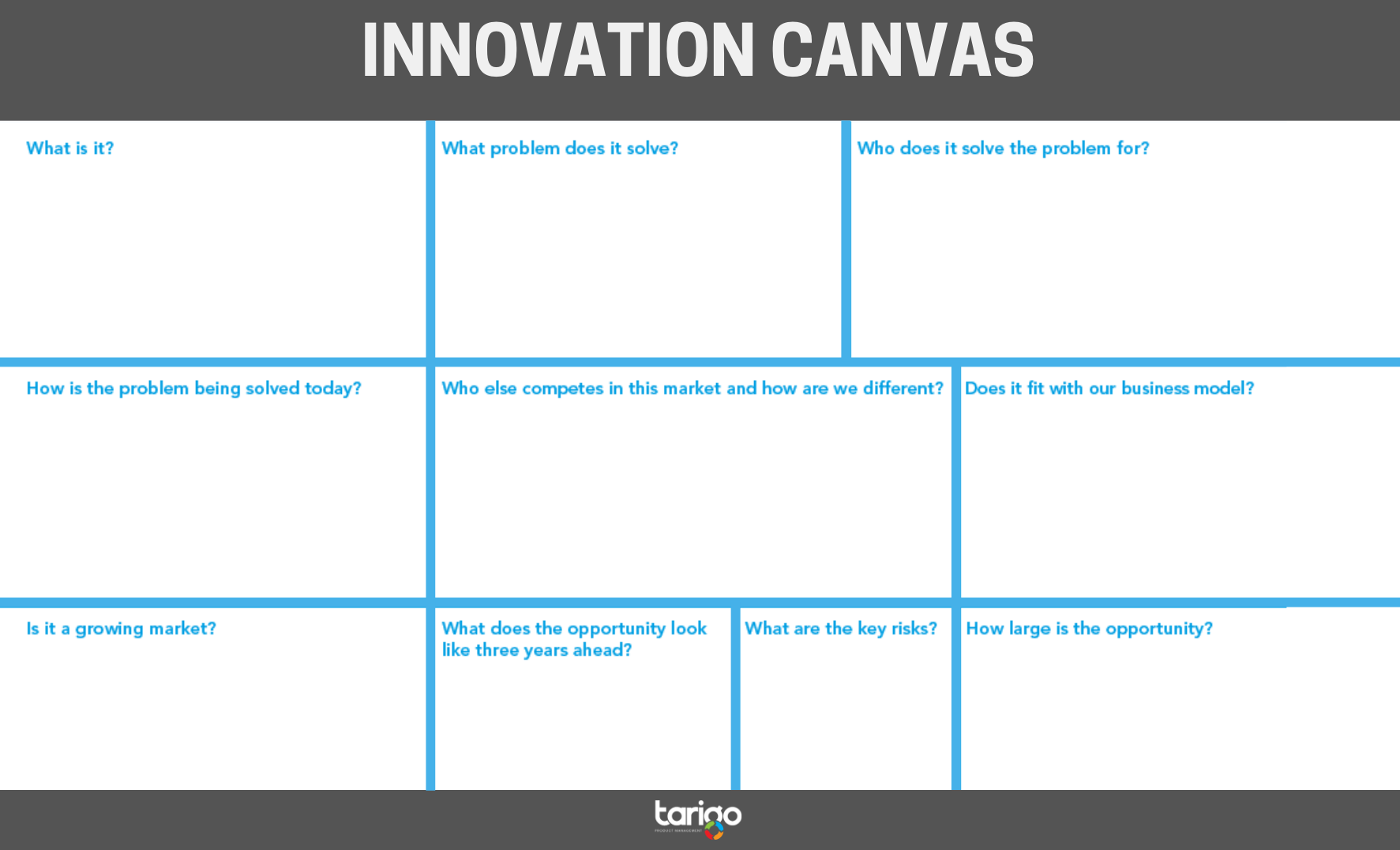
Dealing with new ideas
How do you deal with new ideas?
“We have loads of news ideas!” Sounds like a great place to be, but for many Product Managers the stress of managing those ideas is formidable – ideas from sales teams “I can sell 100% more if you add these features” to managers “We need this new product to dominate market X”, to technical teams “We can build AI capability to enhance our product”, etc….
When the next person walks up to your desk with another great idea, whip out the innovation canvas. Fifteen minutes of effort, ten questions long, helps you understand what’s worth taking further and what should be dropped.
read more
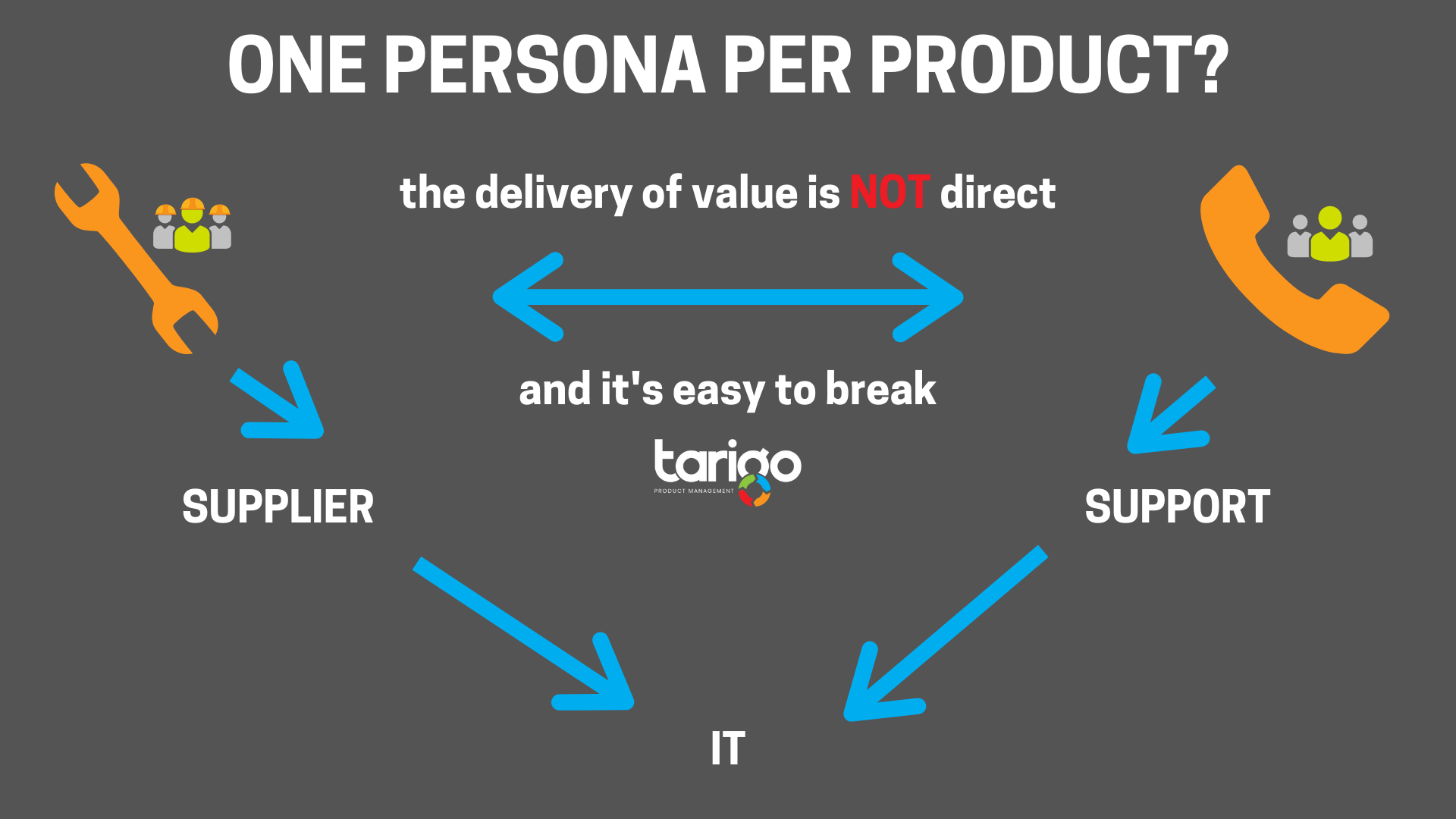
Persona mistake
The most common persona mistake?
The last few years has seen an increasing use of Personas and User Journeys across Product Management teams. They give us great insight and help us define products that truly meet customer needs. However, I see a common mistake; personas are so often focused solely on the end user. End users are important but they’re not the whole story – those end users won’t get to use your product if it does not make sense to the full value chain. Take a new credit card as an example; Banks would need to offer it and Merchants would need to accept it before consumers could access the value. The value chain will break at its weakest point of value.
read more
Check out the Archive